Same Day Shipping EMI & COD on most products
Trusted Partner Since 1969
GST B2B Billing  Help
Help  00919699976817
00919699976817
Showing all 11 results
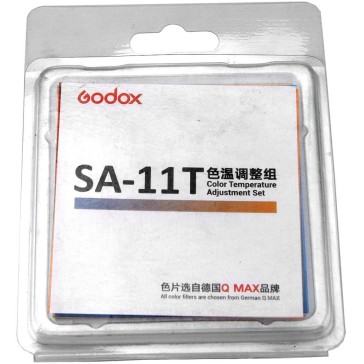
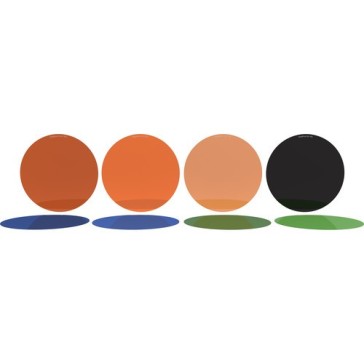
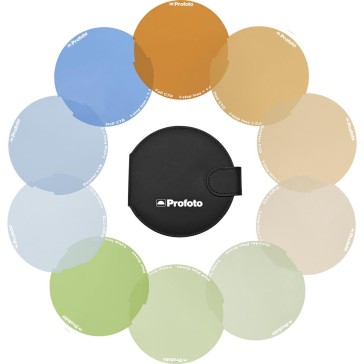
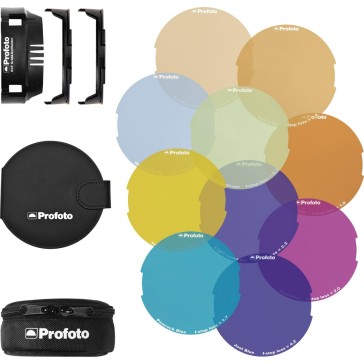
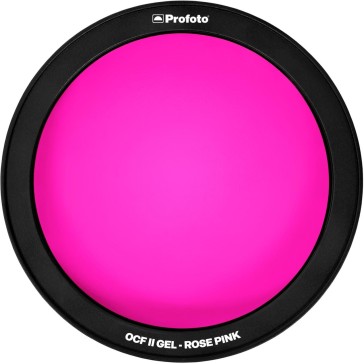
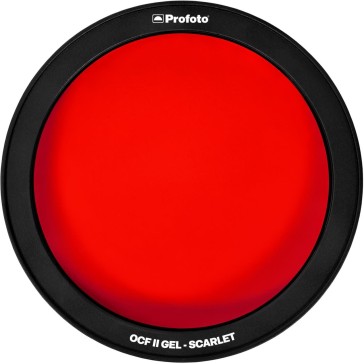
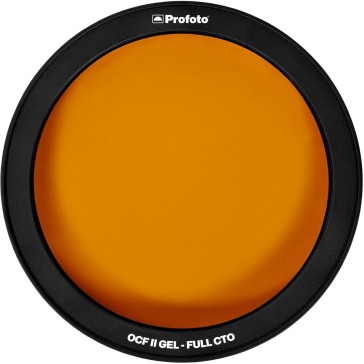
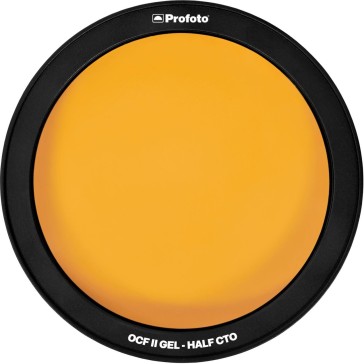
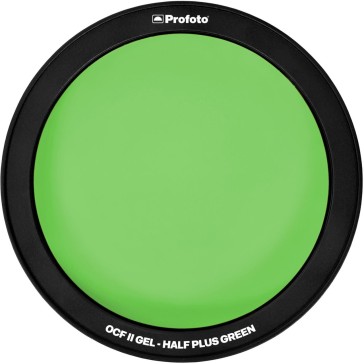
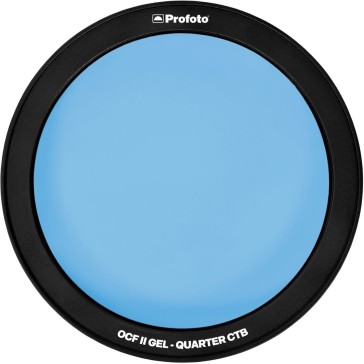
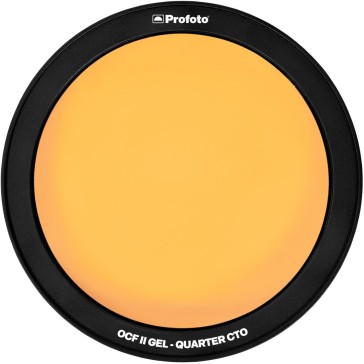
Photography Color Correction Filters & Gels: A Comprehensive Guide
In the realm of photography, the essence of capturing the perfect shot often lies beyond the lens and the sensor. It’s about manipulating light, setting the mood, and ensuring that colors are represented accurately. Enter the world of Photography Color Correction Filters & Gels.
Understanding Color Gels in Photography
Color gels, often referred to as filter gels, lighting gels, or simply gels, are thin semi-transparent pieces of plastic, typically made from heat-resistant materials like polycarbonate or polyester. These gels play a pivotal role in altering the color of light in a photograph.
There are primarily two types of gels used in photography:
Creative Color Effects Gels: These gels are used to introduce various color casts that aren’t related to the light source’s temperature. For instance, a red gel will produce a red light, a yellow gel will emit yellow light, and so on.
Color Correction Gels: These are specifically designed to balance the light sources with the ambient lights in the surroundings. Examples include the CTO (color temperature orange) and CTB (color temperature blue) gels. While the CTO gel warms up the light, the CTB gel cools it down.
The Role of Color Correction Filters
Apart from gels, color correction filters are essential tools for photographers. These filters, especially the UV or haze filters, are designed to counteract the effects of atmospheric haze, moisture, and other pollutants that can degrade image quality. They are particularly beneficial in environments with high ambient ultraviolet light.
Using Color Gels Effectively
Light Falloff with Gels: The intensity of the color from a gel is inversely proportional to the amount of light. Less light results in a more saturated color. Therefore, when using gels, it’s advisable to start with low power and adjust accordingly.
Gels on Fill Light: Gels can be effectively used on fill lights to introduce color in the shadows. Since fill lights are primarily used to lift shadows, introducing color can add a unique dimension to the photograph.
Background Gradients with Gels: Gels can be used to create beautiful background gradients. By placing a diffused umbrella with a colored gel at the bottom against a black background, photographers can achieve a smooth gradient effect.
Safety Precautions
While gels open up a world of creative possibilities, it’s essential to be cautious. Gels can melt when placed on a hot light source. It’s advisable to invest in high-quality, heat-resistant gels or use LED lights with proper cooling.
Conclusion
Photography Color Correction Filters & Gels are indispensable tools for photographers looking to elevate their work. By understanding their types and applications, photographers can harness their potential to produce stunning, mood-laden photographs that stand out.
There are two main types of gels: Creative Color Effects Gels, which introduce various color casts, and Color Correction Gels, designed to balance light sources with ambient lights.
Color correction filters, especially UV or haze filters, counteract the effects of atmospheric haze, moisture, and other pollutants, ensuring clearer and more accurate photographs.
Gels can melt when placed on a hot light source. Using high-quality, heat-resistant gels or LED lights with proper cooling can prevent this.
By placing a diffused umbrella with a colored gel at the bottom against a black background, photographers can achieve a smooth gradient effect, adding depth and dimension to the photograph.



Most units are shipped same day using professional courier services with tracking.
We work round the clock to ensure you get the highest level of customer satisfaction.
Well packed, Sealed Units are shipped from our warehouse which are waterpoof & sturdy.
Design Info
GST: 27AYUPJ2628P1ZK
No.1, Saremals, Shastri Hall Building,
Nana Chowk, Grant Road West,
Mumbai 400007, Maharashtra, India
New Delhi Branch – South Ex 2, 110049
Also Ships DAILY from Brisbane, Dubai,
Berlin, Barcelona, Detroit & Vancouver.
Connect online / schedule a demo
Call/WhatsApp: +91-9699976817
Email: [email protected]
Live Chat: Business Hours
Follow Us: @designinfo.in
Copyright © 2014-2022 Design Info All Rights Reserved. Feedback on web experience
Since 1969